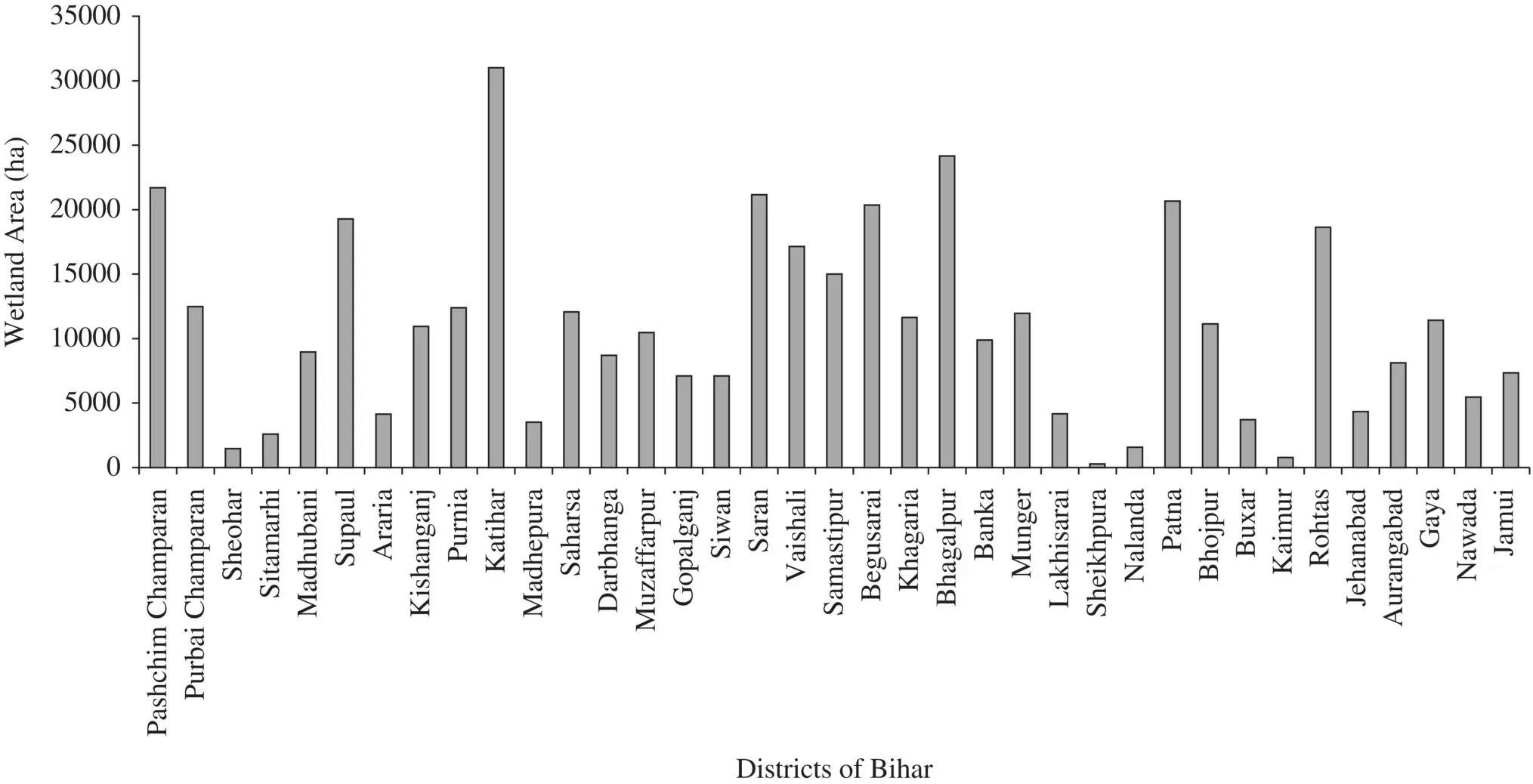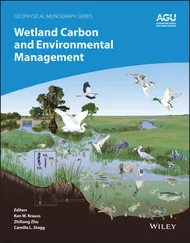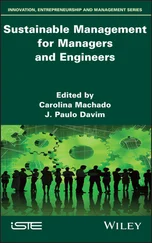Pollutants and Water Management
Здесь есть возможность читать онлайн «Pollutants and Water Management» — ознакомительный отрывок электронной книги совершенно бесплатно, а после прочтения отрывка купить полную версию. В некоторых случаях можно слушать аудио, скачать через торрент в формате fb2 и присутствует краткое содержание. Жанр: unrecognised, на английском языке. Описание произведения, (предисловие) а так же отзывы посетителей доступны на портале библиотеки ЛибКат.
- Название:Pollutants and Water Management
- Автор:
- Жанр:
- Год:неизвестен
- ISBN:нет данных
- Рейтинг книги:3 / 5. Голосов: 1
-
Избранное:Добавить в избранное
- Отзывы:
-
Ваша оценка:
- 60
- 1
- 2
- 3
- 4
- 5
Pollutants and Water Management: краткое содержание, описание и аннотация
Предлагаем к чтению аннотацию, описание, краткое содержание или предисловие (зависит от того, что написал сам автор книги «Pollutants and Water Management»). Если вы не нашли необходимую информацию о книге — напишите в комментариях, мы постараемся отыскать её.
WATER MANAGEMENT Pollutants and Water Management: Resources, Strategies and Scarcity
Pollutants and Water Management
Pollutants and Water Management: Resources, Strategies and Scarcity
Pollutants and Water Management — читать онлайн ознакомительный отрывок
Ниже представлен текст книги, разбитый по страницам. Система сохранения места последней прочитанной страницы, позволяет с удобством читать онлайн бесплатно книгу «Pollutants and Water Management», без необходимости каждый раз заново искать на чём Вы остановились. Поставьте закладку, и сможете в любой момент перейти на страницу, на которой закончили чтение.
Интервал:
Закладка:
2.1.2 Significance of Wetlands
Wetlands are a highly productive ecosystem, providing many important benefits, which can be described as “Goods and Services.”

Figure 2.3 District‐wise wetland area in Bihar.
(Source: National Wetland Atlas 2011, Ministry of Environment and Forest, Government of India.)
2.1.2.1 Ecological Significance
The ecological importance of various wetlands toward biodiversity contribution is well documented by different agencies. These areas provide suitable habitats for fish, micro‐ and macro‐flora and fauna, and act as a wintering ground for a variety of migratory and residential birds (Gilver and Mclnnes 1994; Gopal and Chauhan 2006; Alongi 2009). In addition, wetlands trap a large amount of carbon, silts, and various pollutants, and maintain the quality of water (Manson et al. 2005).
2.1.2.2 Hydrologic and Climatic Significance
Wetlands play an effective role in flood control by reducing sediment load, recharging aquifers, and carbon sequestration (Carter 1986; Ford and Bedford 1987; Bullock 1992; Hilman 1998). These areas also have a significant role in deciding local weather and topographic, edaphic, and hydrological variations (Kusler and Riexinger 1986; Bullock and Acreman 2003).
2.1.2.3 Socio‐Economic Significance
Apart from providing various ecosystem services, the wetland ecosystem is vital for socio‐economic development, as the majority of the human population is dependent on these ecosystems for their livelihood. Wetlands are the sources of highly valued commercial products and fisheries, and they are the wintering grounds for a large number of avifauna and some other wildlife species. In addition, different wetlands have significant historical and cultural importance, which attracts visitors and provides revenue through eco‐tourism.
2.1.3 Background of the Current Study
Wetlands have been the center‐stage of research since 1971, after the first international convention on wetlands, popularly called the Ramsar Convention. Different studies have revealed that wetlands have a significant contribution to biodiversity, microbial biogeochemistry, nutrient cycling, greenhouse gas emission, and safeguarding natural and anthropogenic hazards (Dobermann et al. 1996; Craft and Casey 2000; Mathew et al. 2002; Chandra et al. 2009; Tiner 2009; Prusty et al. 2010; Nasir and Harikumar 2011; Niraula 2012; Mohan et al. 2013; Giri and Singh 2014; Singh and Jayakumar 2015).
Several studies have been conducted on the Kanwar wetland since it was notified as a protected area in 1986 and the status of water quality, aquatic flora and fauna, and the socio‐economy of the dependent population were documented (Singh and Roy 1989, 1990a, b, 1991a, b; Rakshi and Sanghi 1996). Later, the land use land cover (LULC) dynamics, resource inventory and socio‐economy, contamination status of water, soil/sediments, and vegetation were estimated in different research studies (Ghosh et al. 2004; Ambastha et al. 2007a, b; Roy et al. 2008; Shardendu et al. 2012; Anand and Joshi 2013; Kumar 2013a; Singh and Jayakumar 2015, 2016, 2017; Singh et al. 2018). All these studies were conducted to meet their specific objectives and indicated the degrading status of the wetland. The total avifauna population visiting the site was reported to have decreased by 56.63%, including 69.49% of migratory birds and 53.27% of residential birds in 2011, as compared with 2002. Approximately, 3961 ha (62.8%) of the notified land area of the wildlife sanctuary is under dispute between the administration and the local population. Only 2350 ha (37.2%) of the sanctuary area is undisputed as per the forest range officer of Begusarai district. The wetland area supports the livelihoods of a large population, and the increasing human population around this wetland and their encroachments have posed serious challenges for both ecological diversity and quality of resources. These studies have also indicated the degradation of wetland status and suggested an inclusive research approach for the conservation and management of this wetland. In the past one and half decades, the wetland has been under severe threat of degradation due to heavy siltation, water shortage, invasive weeds, and anthropogenic encroachments including illegal land acquisition, agriculture, bird trapping, cattle grazing, tree harvesting, waste dumping, and the establishment of small‐scale industries like a brick kiln in and around the sanctuary.
As it is one of the more remotely located wetlands of national importance, not only does it support huge natural biodiversity, it also influences local hydrology, weather, and the socio‐economy of the inhabiting population. However, this wetland still only has a limited number of scientific studies, which is an indication that it has not been given much attention by the scientific community for its proper monitoring and conservation. Therefore, this work was conducted to identify the key factors that adversely affect the wetland, as well as human health and the societal status of this area. This study is also aimed to find solutions for the identified factors.
2.2 Materials and Method
2.2.1 Study Area
The study was carried out in Kanwar wetland ( Figure 2.4), one of the largest inland freshwater lakes in the Indo‐Gangetic biogeographic zone. It was formed naturally by the meandering of the Burhi Gandak River in the geologic past (Rodger and Panwar 1988a, b). It was declared as a Wildlife Sanctuary in 1989 by the Ministry of Environment and Forest, Government of India. Geographically, it is located between (25°35 ′00″ – 25°40 ′00″ N and 86°05 ′00 ″– 86°10 ′00″ E) and covering an area of 6311 ha. It is classified as wetland type 19, because of the type of wetland habitat present, i.e. paddies (Scott 1989). It is a flat terrain with an average elevation of 44 m above mean sea level. This area is found in the tropical wet zone of India (Sarthi and Singh 2013), and temperature varies in a range of 7–38 °C. It mainly experiences four distinct seasons of winter (December–February), summer (March–May), monsoon (June–August), and post‐monsoon (September–November). The average annual rainfall is 1100 mm mainly received from the southwest monsoon between July to September. It often gets recharged either from rainwater or excess water from the river Burhi Gandak during the monsoon period. It was identified as a lake of national importance and included in the National Wetland Conservation Programme by the Ministry of Environment and Forest, Government of India in 2009.

Figure 2.4 A map of (a) India, (b) Bihar, and (c) study area with sampling locations.
The wetland supports a large variety of micro‐ and macro‐flora and fauna in and around its boundary. The vegetation around the wetland area is characterized by tropical dry mixed forest, tropical seasonal swamp forests, and wooded grasslands (Champion and Seth 1968). The major tree species Peepal ( Ficus religiosa ), Indian Banyan ( Ficus benghalensis ), Cluster fig ( Ficus racemosa ), White fig ( Ficus infectoria ), Babool ( Acacia nilotica ), Sissoo ( Dalbergia sissoo ), Arjuna ( Terminalia arjuna ), and so on support the shoreline and raised mounds or rahies . Common reed ( Phragmites karka ), water hyacinth ( Eichhornia crassipes ), lotus ( Nelumbo nucifera ), Hydrilla ( Hydrilla verticillata ), and Sesbania species are the most prominent aquatic species of this wetland (Rakshi and Sanghi 1996).
Читать дальшеИнтервал:
Закладка:
Похожие книги на «Pollutants and Water Management»
Представляем Вашему вниманию похожие книги на «Pollutants and Water Management» списком для выбора. Мы отобрали схожую по названию и смыслу литературу в надежде предоставить читателям больше вариантов отыскать новые, интересные, ещё непрочитанные произведения.
Обсуждение, отзывы о книге «Pollutants and Water Management» и просто собственные мнения читателей. Оставьте ваши комментарии, напишите, что Вы думаете о произведении, его смысле или главных героях. Укажите что конкретно понравилось, а что нет, и почему Вы так считаете.












